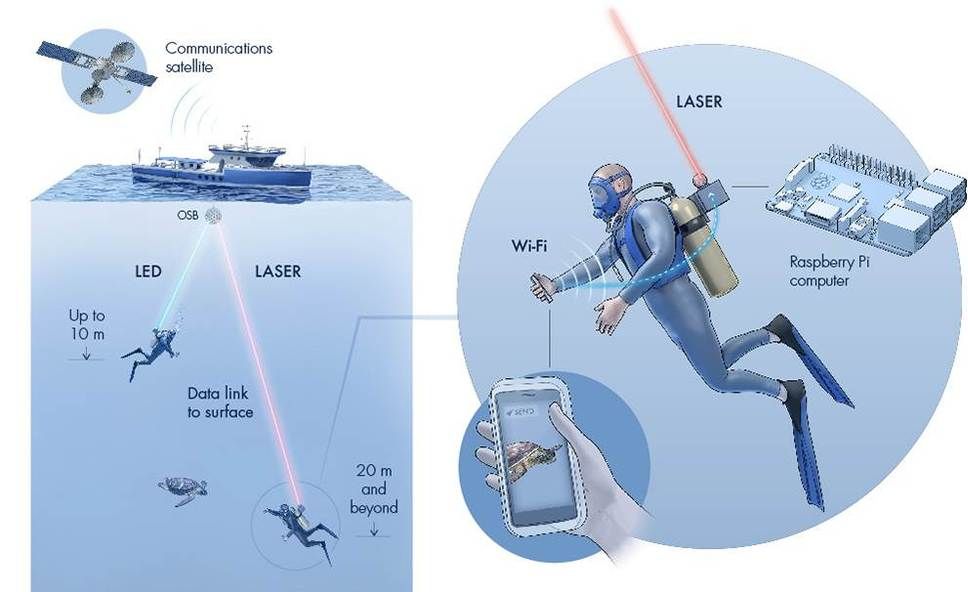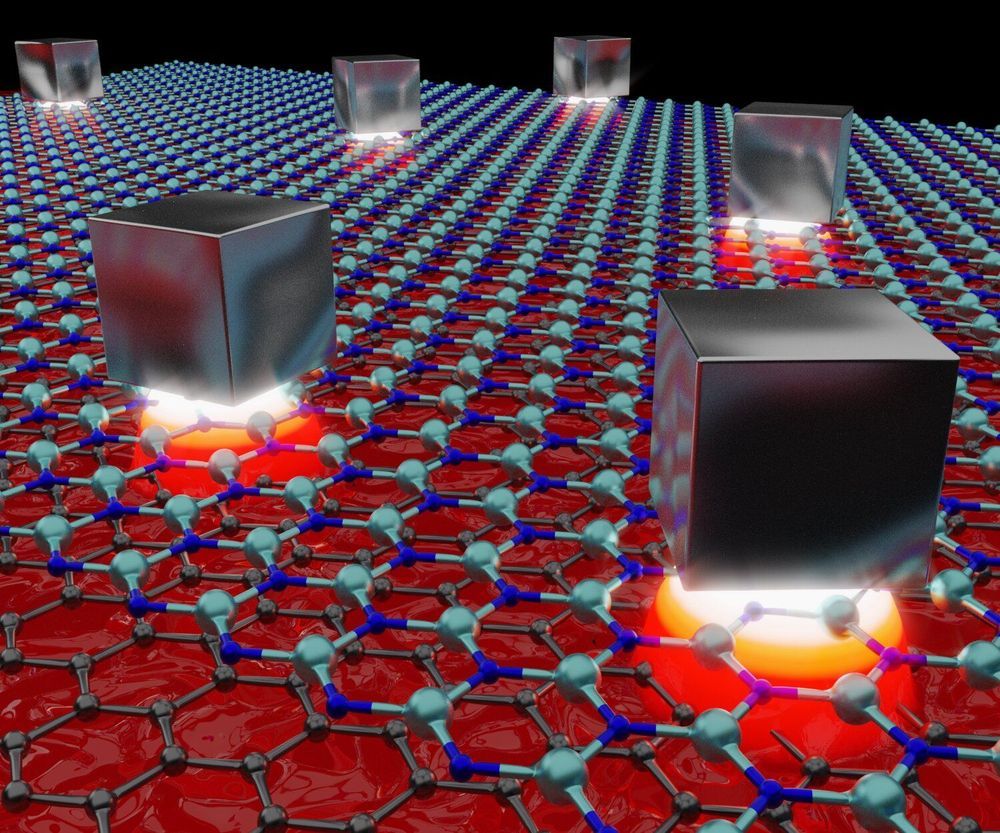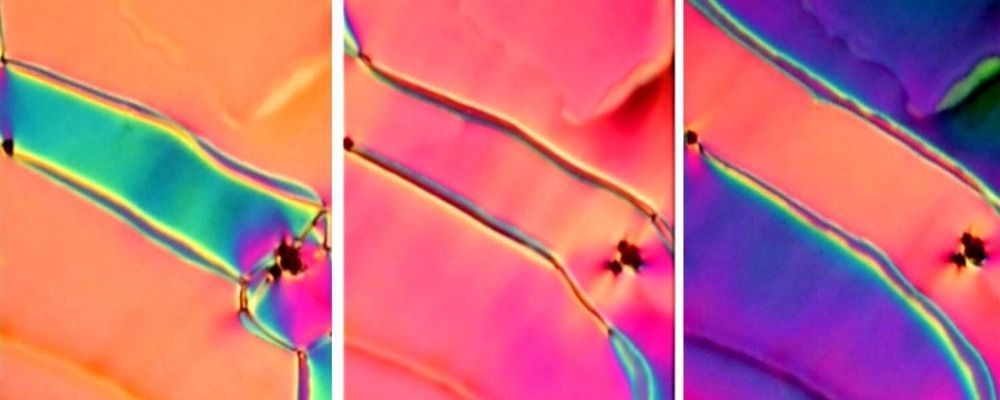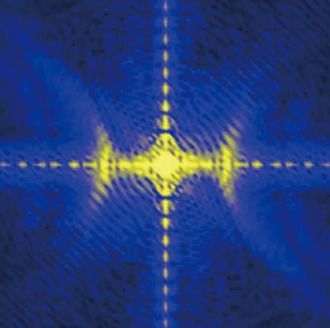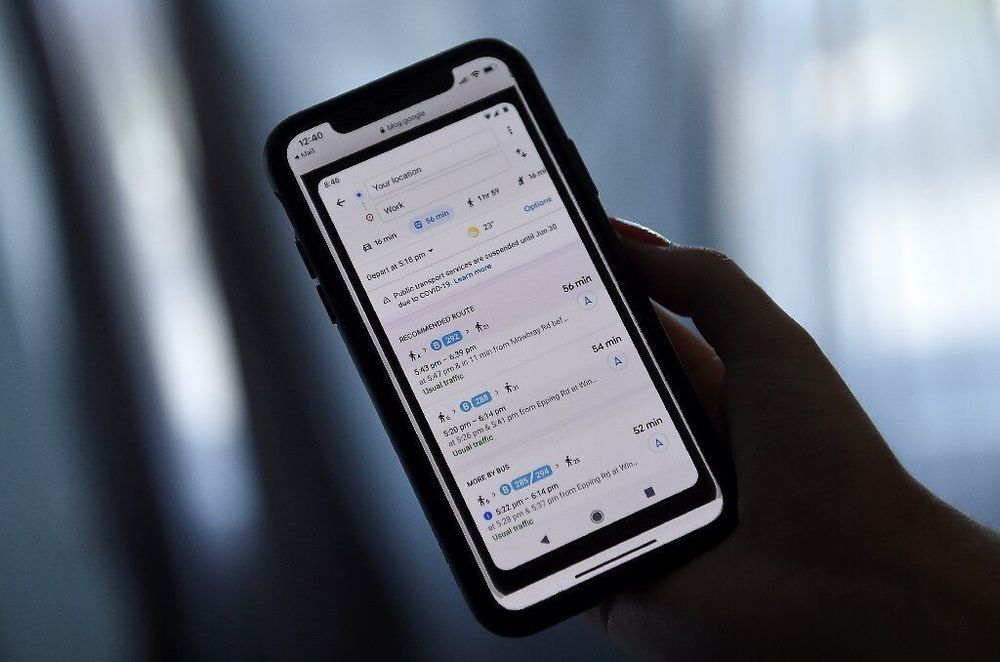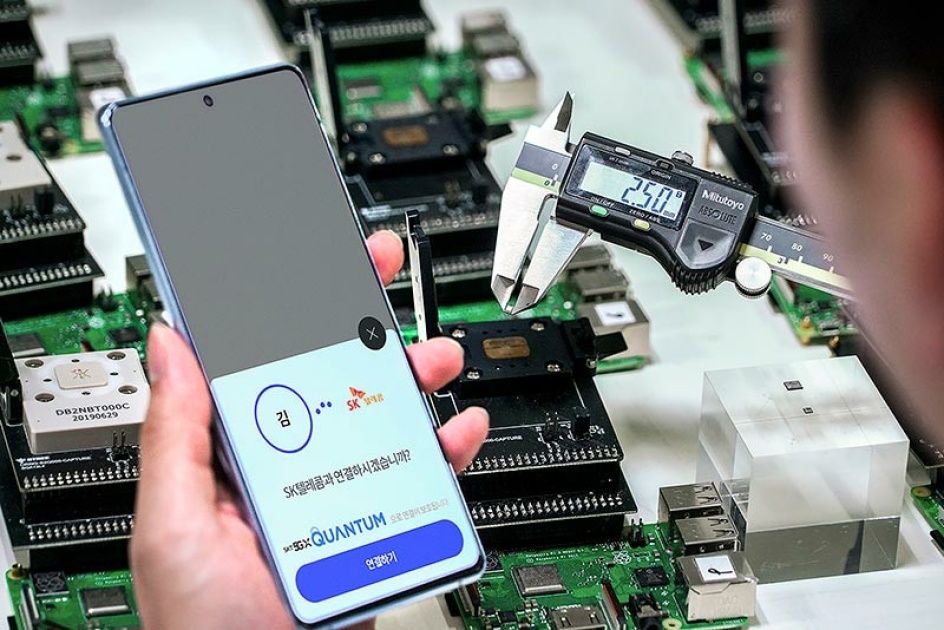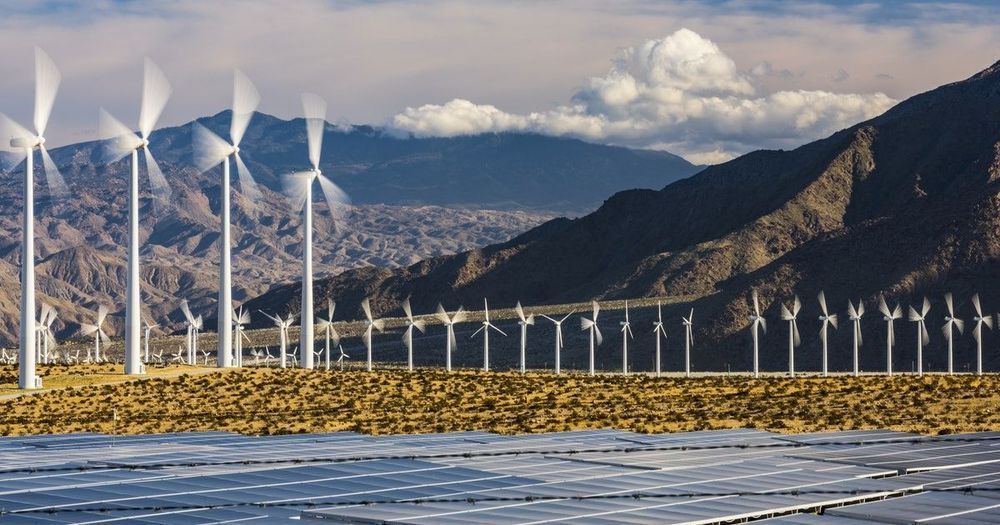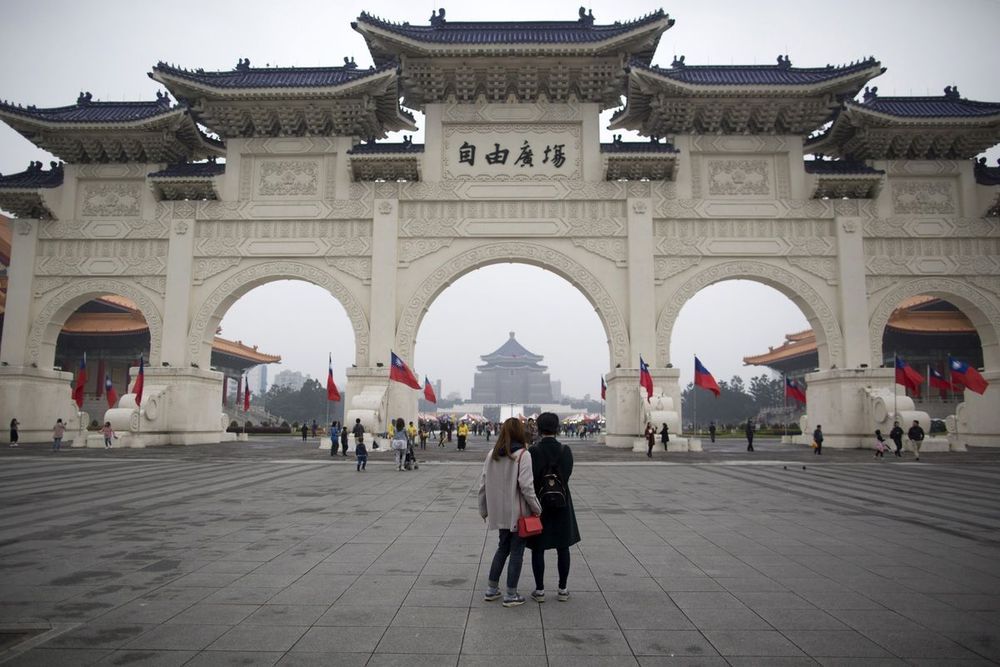Jun 15, 2020
All US cell operators hit with ‘largest cyber attack in history’ sparking outages and affecting Facebook and Instagram
Posted by Tracy R. Atkins in categories: cybercrime/malcode, mobile phones
AMERICAN telecom customers experienced widespread cellphone outages during what was believed to be the largest cyberattack in US history.
Thousands of T-Mobile, Metro by T-Mobile, AT&T, Verizon, and Sprint customers all reported outages in areas including Florida, Georgia, New York, and California on Monday afternoon.
The disruptions were part of a large-scale distributed denial-of-service, or DDoS, attack meant to overwhelm an online service with multiple traffic sources to render it unusable, according to Pop Culture.

